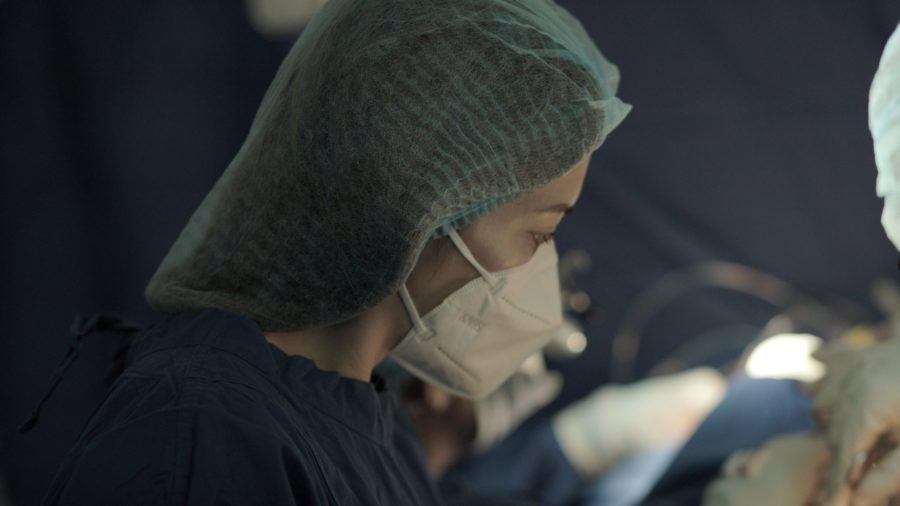
Medical negligence is constantly changing, but what five trends are we seeing as 2023 comes to a close? Let’s take a look …
Medical negligence is a significant part of healthcare accountability, and with this comes a number of trends that change from year to year. Therefore, it makes it especially important to follow these trends and understand the impact they can have. This can help implement solutions to overcome the risks, or reduce them, so the likelihood of medical negligence is reduced.
Medical negligence can result in long-lasting consequences, even fatalities. Therefore, it’s crucial to understand the annual changes in this field.
In this article, we will explore medical negligence, including new issues, legal cases, and patient rights. What’s more, we will look at the ways in which technological advancements and transformations have impacted healthcare and medical negligence cases.
1. Telemedicine and evolving standards of care
The advent of telemedicine has been transformative, but it has also raised questions about the standards of care in virtual healthcare settings. With more patients receiving medical advice and treatment remotely, concerns regarding misdiagnoses and inadequate care have emerged.
With telemedicine’s growing importance in healthcare, clear guidelines are essential for telehealth practitioners to provide a standard of care equivalent to traditional clinical settings. This trend has raised questions about defining reasonable care in a virtual environment, impacting medical negligence law.
2. Delayed or missed diagnoses amidst the pandemic
The global pandemic has brought about an unexpected and distressing trend in medical negligence: delayed or missed diagnoses. Overburdened healthcare systems and fear of virus exposure led many individuals to forgo or delay routine medical check-ups and essential diagnostic tests.
This is a worrying trend that has been ongoing for many years, and the pandemic has magnified the issue. As a result, numerous medical conditions, including cancers, progressed undetected.
Medical negligence claims related to delayed diagnoses surged during and after this period, shedding light on the need for flexible and efficient healthcare systems that can adapt to crises without compromising patient safety.
3. Nursing home negligence and elder care
The COVID-19 pandemic starkly revealed the vulnerabilities in nursing home care, as it became a hotspot for infections. Inadequate staffing, neglect, and substandard living conditions in some nursing homes have sparked a surge in medical negligence cases.
Patients and their families are now demanding greater accountability and transparency in elder care facilities. The legal landscape for nursing home negligence is undergoing a transformation as regulatory bodies and lawmakers work to ensure that our elderly population receives the care and respect they deserve.
4. Medical device failures and product liability
Advancements in medical technology have undoubtedly improved healthcare outcomes, but they have also given rise to complex legal challenges. Medical device failures and product liability cases have surged, demanding comprehensive scrutiny of the medical manufacturing industry.
Whether it’s a malfunctioning implant, a defective surgical instrument, or a flawed diagnostic tool, patients harmed by medical devices are increasingly seeking legal recourse. This trend underscores the importance of rigorous product testing and clear channels for reporting and addressing device-related issues.
5. Shifts in the legal landscape
The legal framework surrounding medical negligence is evolving, primarily in response to the changing dynamics of healthcare. New laws and precedents are constantly changing how medical negligence cases are managed. Notably, there’s a focus on alternative dispute resolution methods, like arbitration and mediation, to speed up case resolution and ease the court system’s load.
Moreover, there’s an increasing acknowledgment for the necessity of specialised medical negligence courts and expert judges. These shifts intend to provide swifter justice and improved outcomes for affected patients.
The future of medical negligence
In this ever-changing world of healthcare, the trends in medical negligence highlight the intricate interplay between medical practice, legal oversight, and patient rights. While technology and the pandemic have introduced new complexities, they have also compelled stakeholders in healthcare to adapt and enhance patient care standards.
As we move forward, it is essential to continue improving the dialogue between the medical and legal communities, adapting to emerging healthcare paradigms, and standing up for patient rights. In a world where medical negligence is continually shifting, our commitment to robust patient care and accountability remains more important than ever before.
Photo by Skip Class.